Building an inclusive classroom library is one of the best ways to promote a positive classroom community where all readers feel seen, heard and understood. As you work to select titles that ensure representation, it’s important to consider many different types of diversity.
Race & Ethnicity
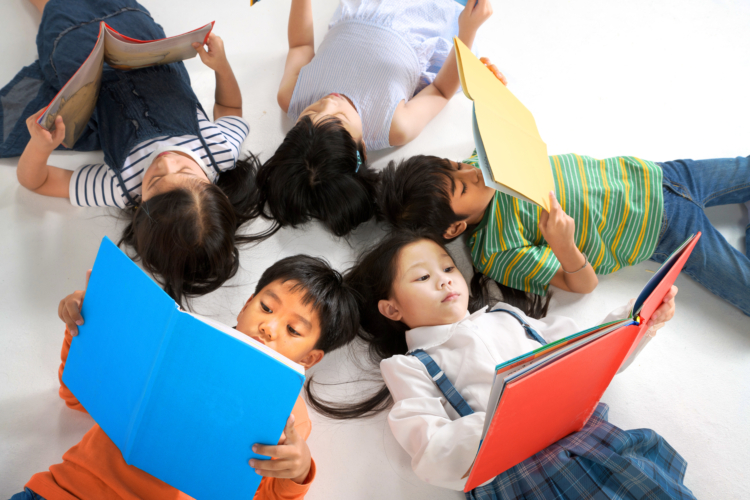
While race refers to what someone looks like and their biological traits, ethnicity includes how someone’s origin relates to cultural expression and identification. It’s important to represent characters and authors of many different ethnic backgrounds without reducing them to stereotypes. People of every race and background live rich and complex lives, and fictional characters should too.
It’s essential to include books in classroom libraries that represent many different races and ethnicities. When students view picture books, it can make a world of difference to see characters that resemble them and their loved ones. When students begin reading chapter books, reading about characters who share their experiences is equally important. Remember to include titles with characters of many races, as well as those of multi-racial and multi-ethnic backgrounds.
Cultural Experiences

To showcase a variety of cultural experiences, include books that contain diverse displays of customs, religion, language, arts and more. By sharing books with varied cultural experiences, readers will discover what makes other cultures similar and different to their own and gain an appreciation for a contrasting point of view. It may even help them better understand their classmates.
Gender
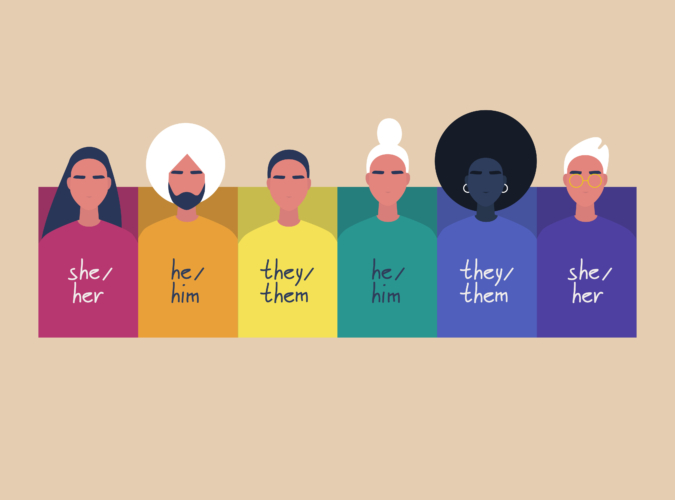
Strive to include titles that display a variety of gender identities and avoid gender stereotypes. One way to do so is to prioritize stories featuring strong female leads or highlighting male characters that do not fit into the traditional mold. However, gender diversity is not limited to just male and female. More and more new books share the stories of transgender and nonbinary people across cultures, such as two-spirit, hijras and gender-fluid people. When highlighting transgender or genderqueer experiences, try to choose books by authors who are a part of these groups.
LGBTQ+

As you include books with complex characters of a variety of gender expressions, also consider titles with nuanced representations of LGBTQ+ people. Not only will it expand your students’ horizons and show them experiences that might be unfamiliar, but it also helps students who may be discovering their own identities to feel supported and seen in your classroom.
Non-traditional Family Structures

When searching for books with representation, don’t forget to include titles featuring non-traditional family structures of all kinds. While some children are part of nuclear families, families come in many shapes and sizes. Work to share books that feature single parents shown in a positive and realistic light. Also consider titles that show same-sex couples, foster families, blended families, adoption, chosen-families, guardianships, grandparents or other relatives as guardians and more. This not only lets every student know their family is valid, but it shows students that not every family looks the same, and that’s a good thing!
Socioeconomic Status

Be careful to avoid books that could be patronizing to those struggling with economic insecurity and choose titles that are compassionate and empowering. Students of every socioeconomic experience should be able to find characters they relate to. Make sure books that tackle issues like poverty and the obstacles that result from it are considerate and accurate. The best way to do so is to select titles by authors who have experienced economic insecurity personally.
Neurodiversity

Children with learning and thinking differences deserve to see themselves represented in the books they read. As curriculum evolves to support a variety of neurotypes and learning preferences, you can choose titles that feature characters with Autism, ADHD, OCD, Dyspraxia, Dyslexia and beyond. Be careful to avoid titles that might demonize these experiences or that speak for but not with neurodiverse people.
Abilities & Disabilities

You strive to support students of every need and ability in reaching their learning goals. Therefore, the books in your classroom library should also include representations of various abilities and disabilities. Consider books that showcase characters with different physical, intellectual or emotional abilities without making assumptions or relying on harmful stereotypes. It’s best to avoid books that equate visual differences or disabilities with negative personality traits. While it’s more common to see someone with disabilities as a supporting character, it’s rare for children to see them at the center of the story. Therefore, consider finding titles that do so, which allows every student to see themselves as the hero of their story.
Refugee & Immigrant Experiences

America has a rich history of immigration from every country in the world. As a result, your students may come from families that originate almost anywhere and have a variety of cultures and experiences. Be sure to include both historic examples of refugee and immigrant experiences, as well as representation for recent immigrants and refugees.
Age

Try to include books that feature characters of various ages. Many stories center around teen and young adult characters, but this is only a portion of the population. Young children, middle-aged adults and older adults all have vibrant lives that are equally worth reading about. Keep an eye out for plots where intergenerational characters mutually learn from one another’s experiences.
Incidental Diversity
As you are adding more diverse books to your classroom library, consider prioritizing incidental diversity. While books with storylines centered around a certain cultural experience are beneficial for representation, incidental diversity allows for this representation to feel more natural as part of the story. For example, a main character might be from an immigrant family or have a medical condition, but that is not the focus of the story or the character’s most important trait. For more considerations regarding incidental diversity, consult our blog.
Use Our Free Diversity Audit
Booksource Classroom is a free, classroom library management tool that evaluates your books to determine gaps in diversity representation and more. Create your free account today and get book recommendations to improve your classroom library’s diversity across all areas.
What diverse books would you recommend other teachers add to their classroom libraries? Share in the comments below.


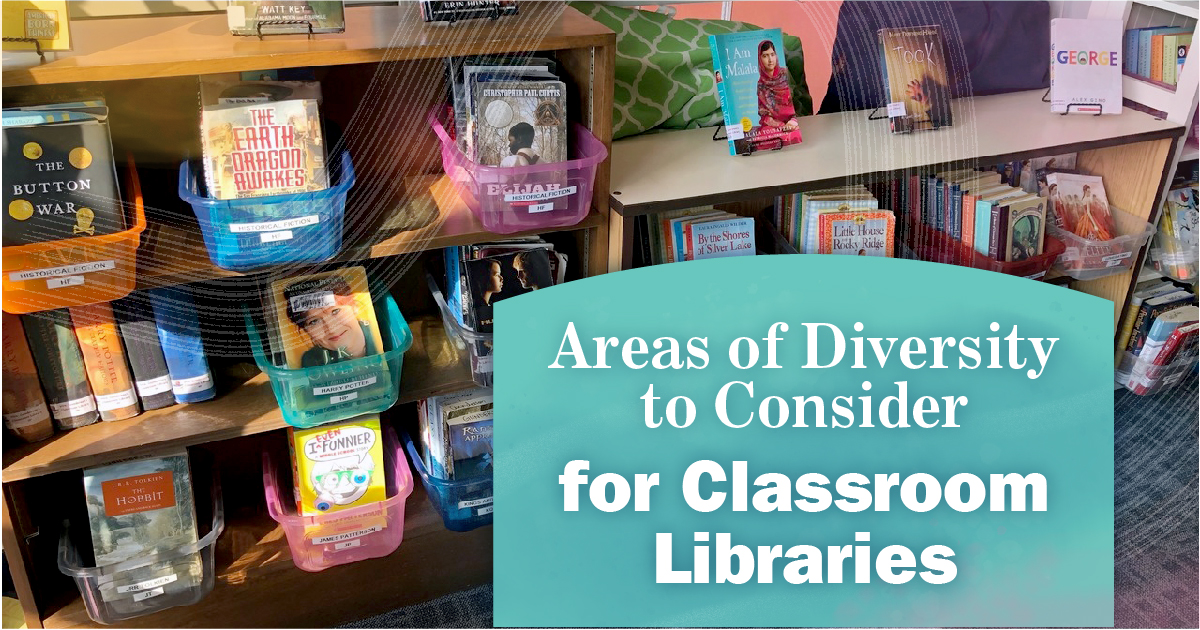
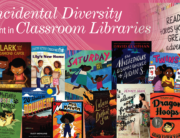
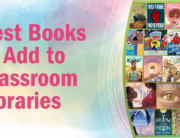
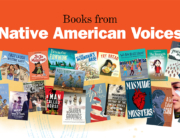
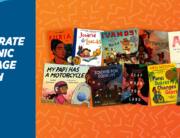
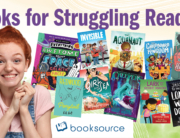
[…] are diverse without highlighting the diversity or making it central to the story. There are many areas of diversity to consider, including diversity of cultures and experiences, gender, race, ethnicity, LGBTQ+, […]
Very nice post. I just stumbled upon your blog and wished to say that I’ve truly enjoyed browsing your blog posts. In any case I will be subscribing to your feed and I hope you write again soon!